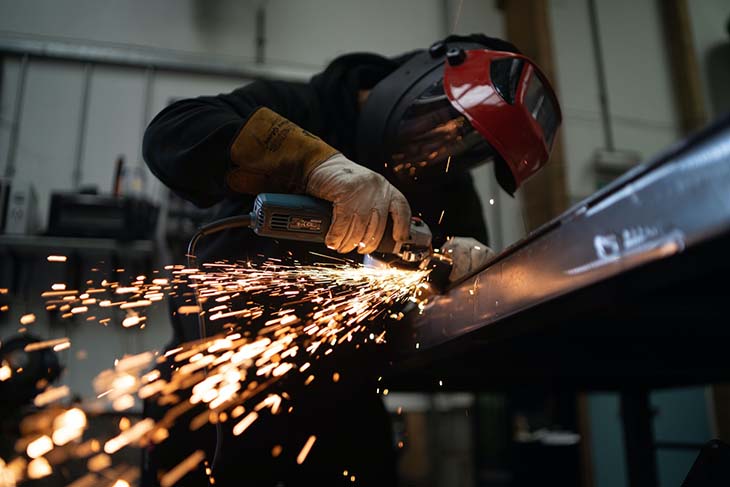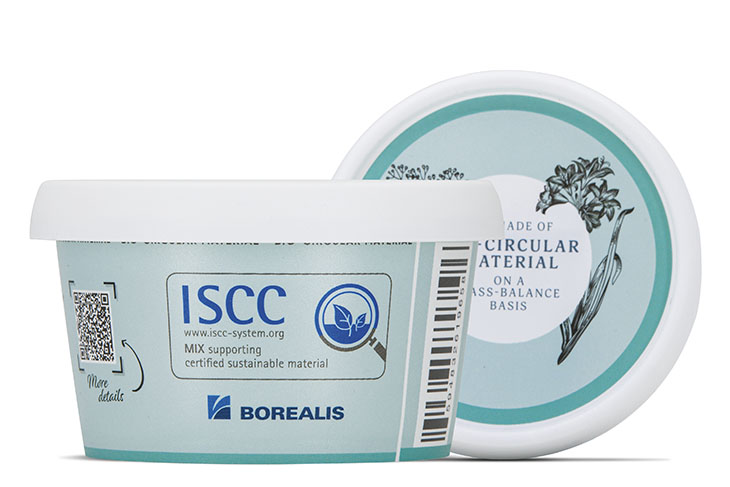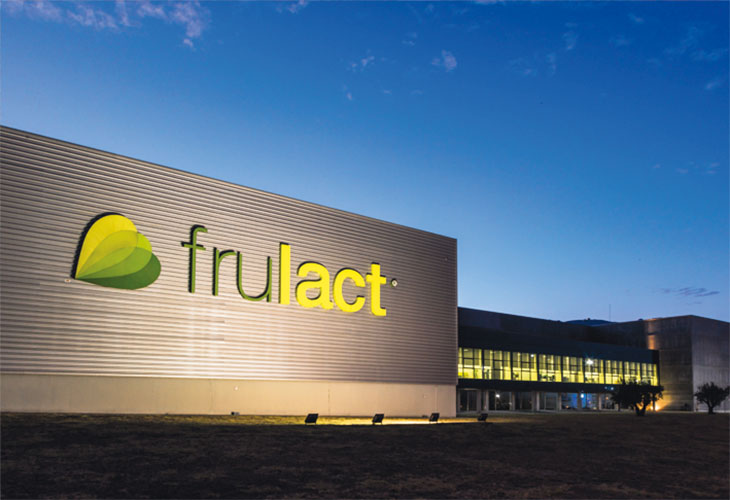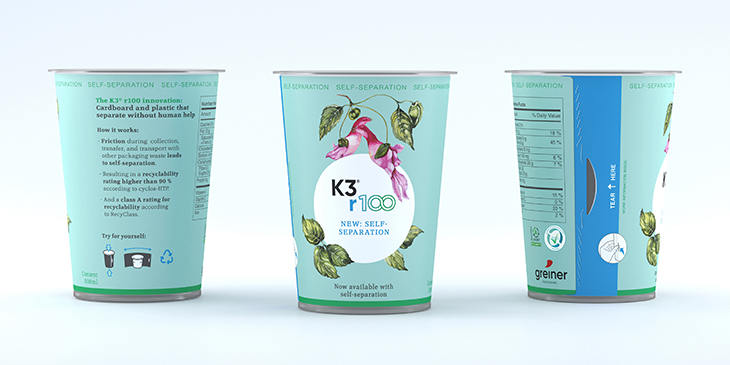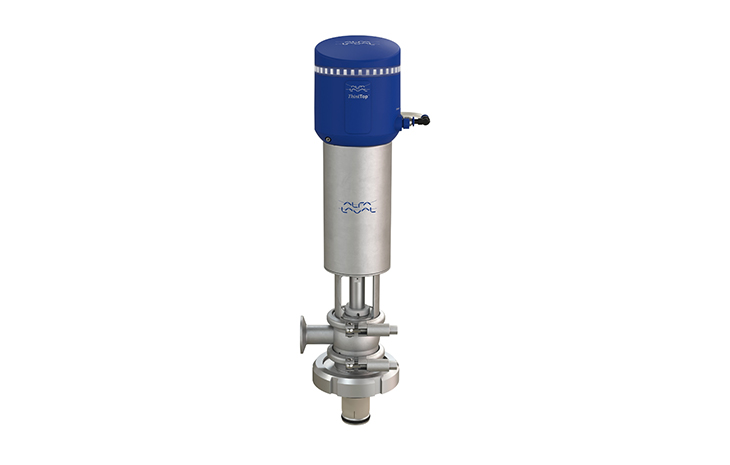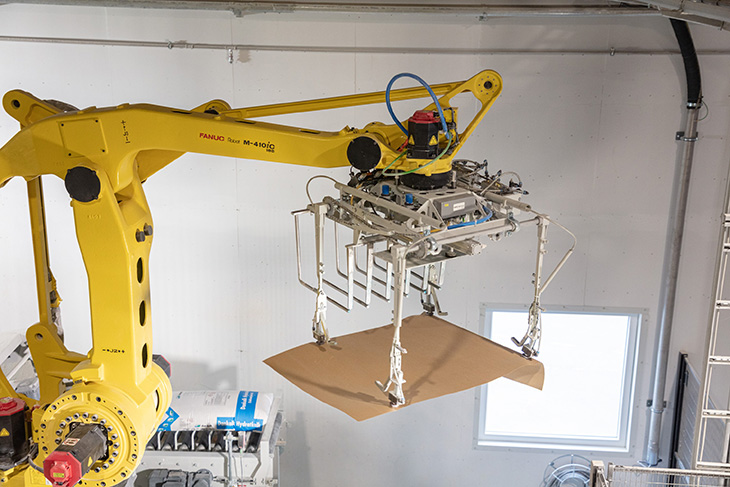Manufacturers have many options for shaping plastic parts and products today. One of the most popular of these is rotational molding, also known as rotomolding.
Rotomolding involves rotating a mold as the plastic heats up, spreading it across the surface before cooling to solidify it. You may be most familiar with the process as a way to create hollow parts, but some manufacturers have found it can create durable solid products, too. To make the most of it, you must understand the benefits of rotational molding and its weaknesses.
Benefits of Rotational Molding
Injection molding is the most common plastic molding method, but rotational molding has many benefits. Here are a few of the most significant of these advantages.
Uniformity
The most straightforward benefit of rotational molding is its ability to produce uniform thicknesses. Centrifugal force pushes the material away from the axis of rotation, so it spreads it evenly away from the center of the mold. As a result, proper rotation speeds and cooling processes produce perfectly smooth walls, even with thick layers.
This uniformity helps create more aesthetically pleasing and durable parts. That durability is hard to overlook, considering how most rotomolding applications are for hollow products. Alternatively, you can use rotomolding to produce even layers for solid parts, minimizing their weak points.
Affordability
Rotational molding can also help cut costs in some areas. Other methods, like injection molding, require high pressures, sometimes as high as 2 tons per square inch, raising equipment costs. Rotomolding is a nonpressure process, so it doesn’t require machines that can withstand these extremes.
Rotomolding further drives costs down by producing a single, complete part. That means you don’t need to perform any cutting, trimming or other downstream processes to prepare it, reducing personnel and equipment expenses. No trimming means less waste, which can also minimize recycling expenses.
Versatility
Another benefit of rotational molding is that it’s a fairly versatile process. Because the rotating process looks the same regardless of the specific mold, you can spin several molds simultaneously on some machines. This convenience can streamline production and ensure unconventional shapes or varied part needs don’t disrupt workflows.
Rotomolding can also produce many different products or parts with minimal adjustments. The process works roughly the same for solid and hollow pieces, different surface textures, and varying shapes. As a result, you can use the same machine for various projects and workflows.
Potential Downsides of Rotational Molding
Rotomolding has many advantages, but it carries some unique downsides, too. You need to understand these to balance them with the benefits and find ideal use cases if you want to use this process to its full potential.
Long Cycle Times
One of the most significant disadvantages of rotational molding is its time consumption. Rotomolding reduces the need for downstream processing, but the process itself can be lengthy. Rotation must be slow during heating, and materials must gradually cool to room temperature before you can remove the plastic from the mold.
Additional equipment like water or air cooling systems can help speed the process, but this increases costs, limiting rotomolding’s affordability. The nature of the rotating process means automation applications are limited, too. Consequently, high-volume products or those with tight production timelines may not be ideal for this method.
Material Limits
Rotomolding also limits the kinds of materials you can use. The plastics you use in this process must come in a powdered form to work properly, but some items don’t grind into powder well.
Given these restrictions, almost all rotomolding projects use polyethylene (PE). This is a versatile, reliable material, and polymers work well with solvent-based release agents, which reduce production costs. However, it’s not the best material for all products. Manufacturers wanting to produce more eco-friendly products using recycled materials may have a difficult time with rotomolding.
Other poly-based resins can work in rotomolding, but even these are limited. The process’s high heat and long cycle time are too aggressive for some polymer powders.
When to Use Rotational Molding
These downsides don’t mean rotational molding isn’t a reliable, helpful process, but they put its benefits in perspective. Like any other method or tool, it’s not a one-size-fits-all solution, so you must apply it where it works best. Similarly, if you use it, you can take other steps to offset some potential issues.
Rotomolding is ideal for PE parts and products with high reliability needs and low production volumes. Mission-critical parts that must withstand high stress but don’t need frequent replacement are a good example. Similarly, material handling equipment, shipping containers and storage tanks can benefit from rotomolding, given their need for reliability and nonurgent production timelines.
Because rotational molding is slow, manufacturers should look to streamline other parts of the production process to make up for it. Automation has reduced some operations from six hours to two, so it can have a considerable impact overall, even if it doesn’t apply to rotomolding itself.
Find the Best Process for Your Products
Plastic product manufacturing is a diverse industry, so not every method works best in every use case. Rotational molding can be an effective, cost-reducing tool for many items, but not others. Proper application begins with understanding these strengths and weaknesses so you know how to use it best.


















